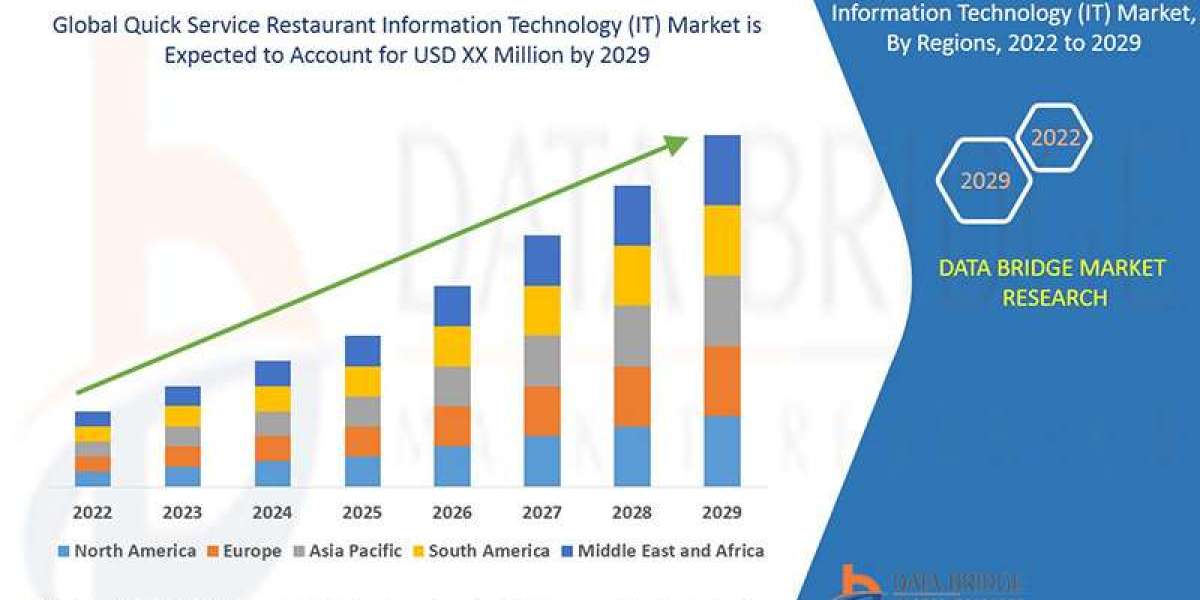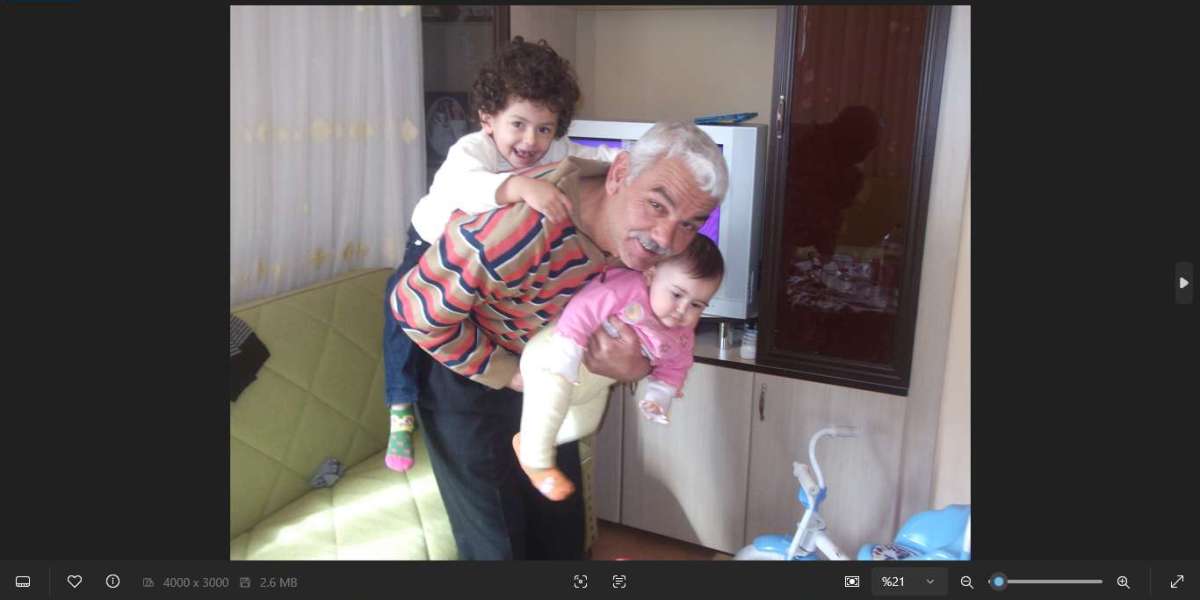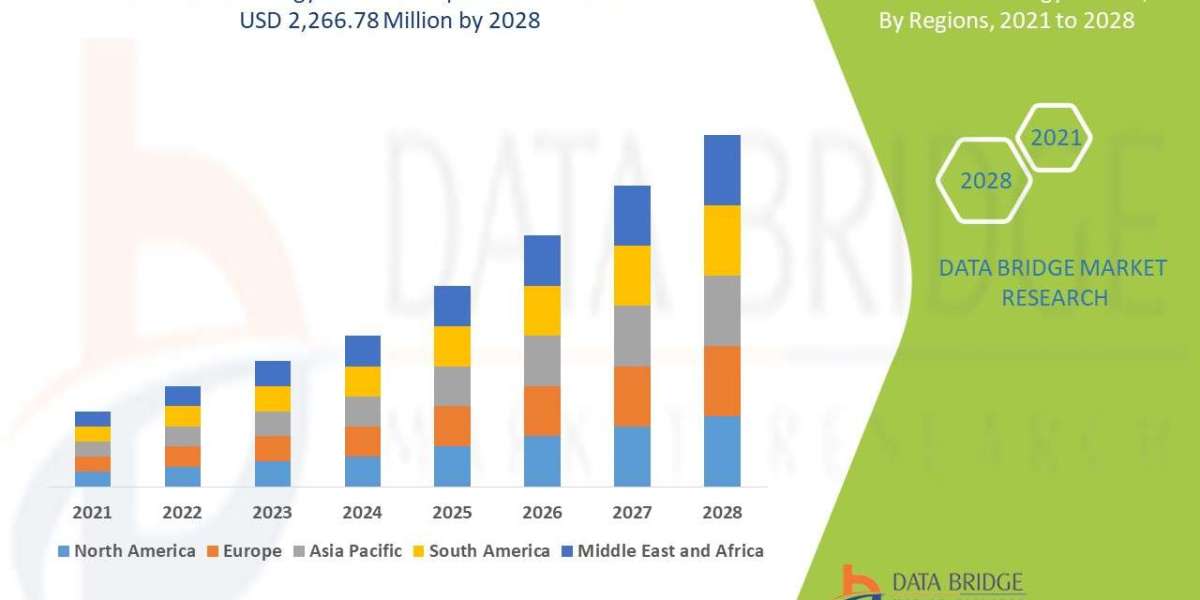The Optical Character Recognition (OCR) Market is transforming the Healthcare industry by enabling digitization, automation, and intelligent data management across clinical and administrative operations. With hospitals, laboratories, and healthcare systems generating massive volumes of documents daily — including medical records, prescriptions, test results, and insurance forms — OCR technology is now at the heart of healthcare digital transformation.
By converting printed, scanned, and handwritten medical information into machine-readable formats, OCR simplifies record-keeping, reduces manual errors, and accelerates clinical workflows. As healthcare organizations increasingly embrace electronic health records (EHRs) and AI-driven decision-making, OCR adoption continues to surge globally.
The Healthcare Industry’s Data Challenge
The healthcare ecosystem is heavily data-dependent yet burdened by paper-based systems. Despite the rise of EHR platforms, a large portion of patient information still exists in physical form — handwritten prescriptions, lab reports, consent forms, and insurance claims.
Manually managing this data leads to inefficiencies, administrative bottlenecks, and compliance risks. OCR technology provides a bridge between legacy paper workflows and modern digital health infrastructures by enabling automated data capture and structuring.
Key challenges addressed by OCR in healthcare:
Manual data entry and transcription errors
Delays in patient record retrieval
Fragmented and unstructured medical information
Compliance with health data protection regulations
Administrative overhead in billing and insurance processes
OCR helps healthcare institutions transition from paper-heavy environments to data-driven, automated ecosystems that enhance both clinical and operational efficiency.
Core Applications of OCR in Healthcare
1. Electronic Health Records (EHR) Digitization
OCR is critical in converting physical records into electronic health records, ensuring all patient data — from lab results to discharge summaries — is digitally stored, searchable, and easily accessible.
By integrating OCR with EHR systems, hospitals can streamline data entry, enhance coordination among departments, and support continuity of care.
2. Prescription and Medical Report Processing
Handwritten prescriptions and test results are often difficult to interpret manually. OCR accurately reads and digitizes medical scripts, ensuring accurate data entry for pharmacies, clinicians, and insurers. This minimizes prescription errors and improves medication management.
3. Billing and Insurance Claims Automation
OCR simplifies medical billing by extracting data from invoices, claim forms, and receipts. This reduces administrative workload and accelerates reimbursement cycles. Insurers also use OCR to validate patient details and cross-check claims automatically, minimizing fraud and delays.
4. Compliance and Record Management
Healthcare organizations must adhere to strict regulations such as HIPAA (Health Insurance Portability and Accountability Act) and GDPR. OCR supports compliance by digitizing documents securely and ensuring traceability through automated indexing and access control.
AI-driven OCR tools also help anonymize sensitive patient information before sharing with research institutions or external systems.
5. Laboratory and Diagnostic Data Automation
Diagnostic centers use OCR to capture data from test results, radiology images, and patient forms. Automated extraction reduces turnaround times and enhances report accuracy — vital for time-sensitive diagnoses.
AI-Enhanced OCR: From Text Capture to Intelligent Understanding
Modern healthcare applications are increasingly adopting AI-powered OCR systems that go beyond simple text recognition. These advanced solutions leverage machine learning (ML) and natural language processing (NLP) to interpret complex medical documents and extract contextual insights.
For instance:
AI-OCR can differentiate between dosage information, diagnosis notes, and physician comments.
It can classify and tag medical forms for automated routing in hospital management systems.
When integrated with NLP, OCR helps summarize patient histories or identify trends in medical records for predictive analytics.
This evolution of OCR from text recognition to intelligent document processing (IDP) is redefining healthcare workflows by improving speed, accuracy, and decision support.
OCR in Telemedicine and Remote Healthcare
The rapid expansion of telemedicine has created new demand for OCR-based automation. Patients often upload scanned prescriptions, medical forms, or ID documents during virtual consultations. OCR processes this data instantly, allowing healthcare providers to verify information, update EHRs, and prescribe accurately — all in real time.
Furthermore, OCR integrated into mobile health (mHealth) apps allows patients to scan prescriptions and medical bills using smartphone cameras. These digitized records can be stored securely in the cloud, facilitating remote care continuity and transparency.
Enhancing Operational Efficiency and Cost Reduction
OCR plays a major role in optimizing hospital administration by reducing time spent on repetitive documentation tasks. Studies indicate that healthcare organizations implementing OCR can achieve:
Up to 65% reduction in data entry time
40–60% decrease in manual errors
30–50% faster claims processing
By automating data extraction and routing, healthcare staff can focus more on patient care rather than administrative duties. This directly contributes to improved operational performance and higher patient satisfaction.
Data Security and Compliance Considerations
Healthcare data is highly sensitive, making security a top priority. OCR vendors now offer HIPAA-compliant and end-to-end encrypted OCR systems that ensure patient confidentiality. Cloud-based OCR platforms employ multi-layer security protocols, including secure APIs, data masking, and controlled access systems.
Additionally, OCR aids compliance audits by ensuring that every scanned and processed document is traceable, timestamped, and easily retrievable, minimizing the risk of lost or mishandled data.
Market Growth and Key Players
The healthcare segment represents one of the fastest-growing verticals in the global OCR market. With rising investments in hospital digitization and AI integration, OCR adoption is accelerating worldwide.
Leading vendors such as ABBYY, Adobe, IBM, Kofax, and Tesseract OCR are providing healthcare-specific OCR platforms capable of handling medical terminologies, handwritten notes, and multilingual records.
Emerging start-ups are focusing on AI-driven OCR APIs that seamlessly integrate with hospital management systems, laboratory software, and insurance databases, allowing healthcare institutions to modernize without replacing legacy infrastructure.
Future Outlook: Towards Intelligent and Predictive Healthcare
The future of OCR in healthcare lies in its integration with AI, Big Data analytics, and IoT medical devices. As digital health ecosystems expand, OCR will act as the foundational layer for capturing and structuring patient data in real time.
OCR-powered systems will enable predictive analytics, early diagnosis, and population health management by converting millions of unstructured medical documents into actionable insights.
Cloud-based OCR combined with NLP will further advance automated clinical decision support systems, helping physicians identify risk factors and recommend personalized treatments faster than ever.
Conclusion
The Optical Character Recognition Market is revolutionizing the healthcare industry by making data digitization, compliance, and automation achievable at scale. From hospitals to insurance providers, OCR enables faster, more accurate data capture, improving both operational and clinical efficiency.
As healthcare moves toward connected, data-driven ecosystems, OCR will continue to be a critical enabler of smart healthcare systems — bridging the gap between manual documentation and AI-powered precision medicine.







